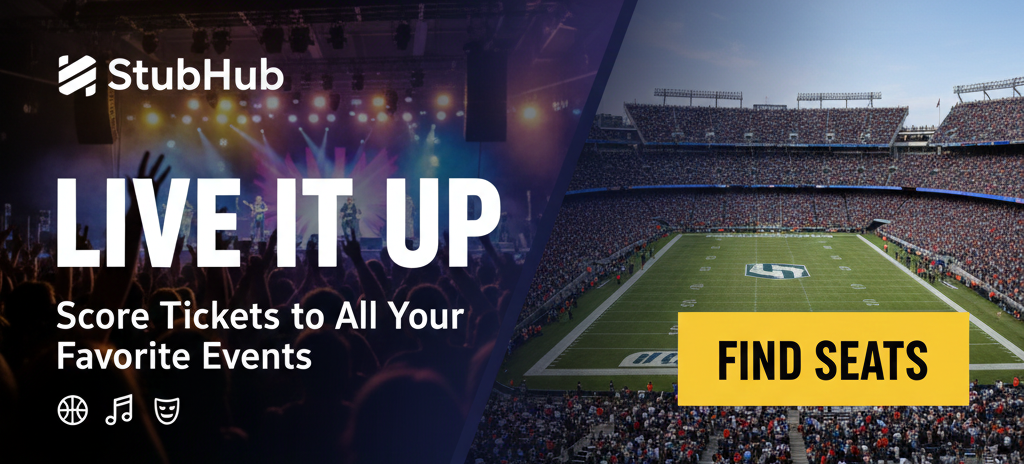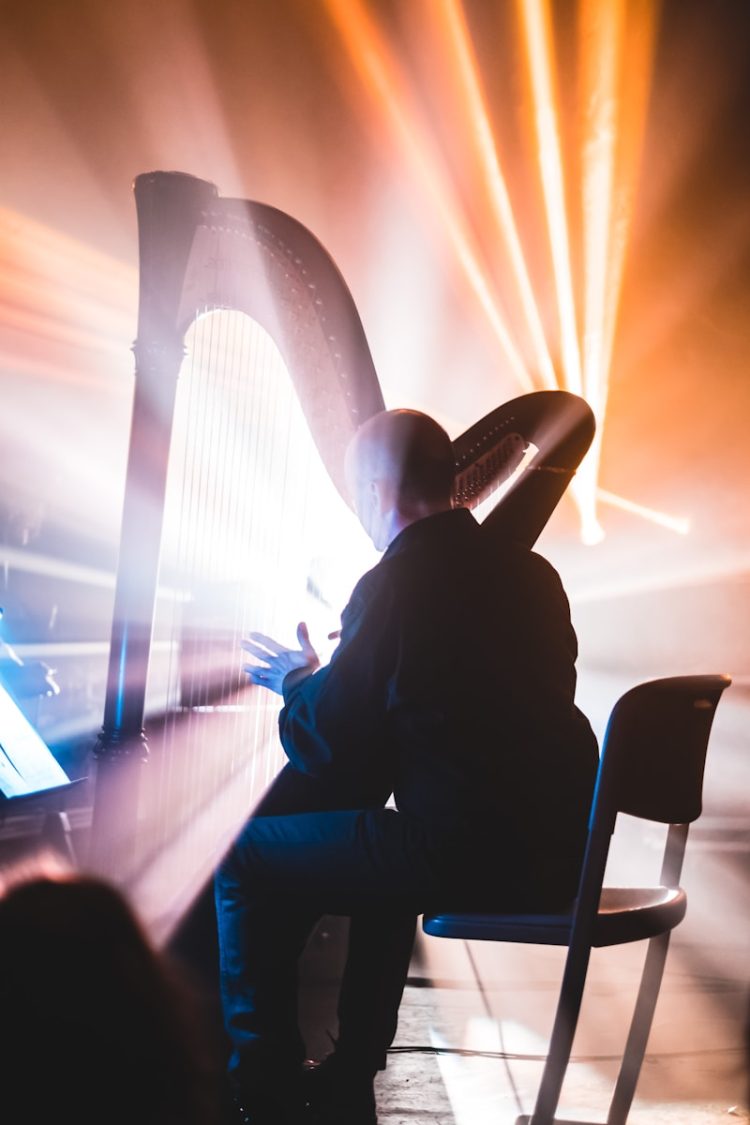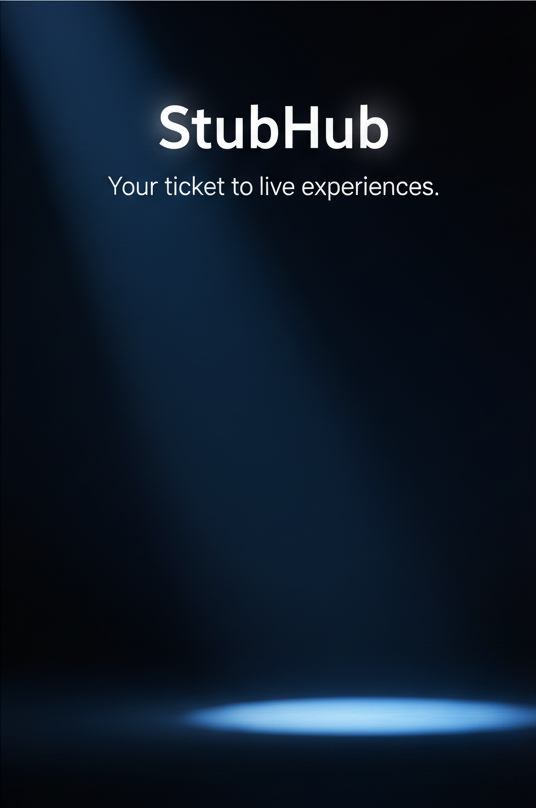There is something unmistakably electric about the atmosphere of a live music performance. Whether it’s a lone guitarist playing for tips on a street corner or a megastar commanding a packed stadium, the experience of music in the moment—shared between performer and audience—is unparalleled. But how did we get here? From ancient rituals to digital livestreams, the story of live music is as much about technological and cultural change as it is about the music itself.
Ancient Origins: Music as Ritual and Community
Before music was a profession, it was a communal act. In prehistoric and early tribal societies, music was inseparable from rituals—whether spiritual, social, or celebratory. Percussion instruments made of wood, bone, and hide set the rhythm for communal dances and chants. Singing around campfires wasn’t entertainment—it was storytelling, communication, and even survival.
In ancient civilizations like Egypt, Greece, and India, music began taking a more formal shape. Performers emerged, though their music remained deeply tied to religion and ritual. The Greek amphitheaters, for example, weren’t just for plays but for large-scale musical performances with choirs and instruments. Music was still a shared, collective experience, but its performance was becoming more structured—and its performers more revered.
The Classical Shift: Structure, Space, and Sophistication
As societies advanced, so did their musical expressions. The Middle Ages and Renaissance brought about formalized music theory, notation, and the growth of instruments like the lute, harp, and organ. By the time of the Baroque and Classical eras, live music had become a cornerstone of aristocratic culture. Composers like Bach, Mozart, and Beethoven not only wrote music for churches and courts but began to push the boundaries of live performance itself.
Concert halls emerged during this period, designed specifically to optimize acoustics and the audience experience. Music was no longer just a participatory act—it became a performance to be appreciated from a distance. The divide between performer and audience began to solidify, setting the stage—quite literally—for the modern concert.
The Birth of Popular Performance: Music for the Masses
The Industrial Revolution changed everything. With urbanization came larger venues and more diverse audiences. Music halls sprang up across Europe and the United States, giving rise to vaudeville, folk, and early pop performances. These weren’t reserved for the elite; working-class people now had access to entertainment, and live music quickly became one of the most popular pastimes.
Technology, too, played its part. The invention of the phonograph and radio began to blur the lines between live and recorded sound. While some feared this would kill the live performance industry, it actually fueled demand. Listeners wanted to see the voices they heard on the radio in person. Tours, concerts, and musical theatre thrived.
By the early 20th century, performers like Louis Armstrong and Billie Holiday were not just musicians—they were celebrities. Jazz clubs, big band halls, and eventually rock ’n’ roll venues exploded in popularity. The live show was evolving once again, now driven by personality, amplification, and stagecraft.
The Rock Revolution: Spectacle, Identity, and Rebellion
No era reshaped the live music landscape like the 1960s and ’70s. With the rise of rock and counterculture, performances became more than just musical events—they became cultural statements. Festivals like Woodstock weren’t just concerts; they were movements.
Amplification technology, electric instruments, and lighting rigs revolutionized the live music experience. The Rolling Stones, Pink Floyd, Queen, and countless others pushed the limits of what a concert could be. It was during this time that the concept of the “arena tour” was born—massive, traveling spectacles with elaborate staging, pyrotechnics, and sound systems.
Live performance became performative in the truest sense: not just about the music, but the experience. Artists crafted entire personas around their live acts. The concert was no longer just a place to hear songs; it was a place to be seen, to belong, and to connect.
Digital Disruption: The Age of the Internet and Beyond
As the 20th century drew to a close, new technologies once again reshaped the landscape. The rise of digital media brought concerns about the death of live music, but as history has shown, new technologies rarely replace old experiences—they evolve them.
Live concerts began to incorporate digital effects, synchronized visuals, and even holograms. Genres like EDM created a new kind of performance—where the DJ wasn’t just playing tracks but orchestrating an audiovisual immersion.
With the advent of smartphones and social media, fans became part of the performance. Sharing clips, tagging locations, and livestreaming shows turned the audience into active participants in the music’s global reach. Suddenly, a gig in Berlin could be watched in real-time by fans in Buenos Aires.
The Pandemic Pause and the Rise of Virtual Stages
Then came 2020. The global COVID-19 pandemic forced an abrupt halt to in-person performances. The silence in venues around the world was deafening, but it gave birth to a new chapter: the virtual concert.
Artists took to Instagram, YouTube, and Twitch to perform from home studios. Platforms like Fortnite and Roblox even hosted full-fledged digital concerts, attracting millions. While some mourned the lack of human connection, others embraced the intimacy and innovation of these new formats.
Though live music eventually returned, the virtual concert is here to stay. It has become an additional avenue for artists to reach fans, especially those unable to attend shows due to distance, cost, or accessibility.
Where We’re Headed: Hybrid Experiences and Human Connection
So, what’s next? The future of live music likely lies in a hybrid model—where physical and digital coexist. Technologies like augmented reality (AR) and virtual reality (VR) will create immersive experiences that bring fans closer than ever to their favorite artists. Interactive stages, crowd-controlled setlists, and AI-driven visuals could become the norm.
But at its heart, live music is still about connection. It’s about the moment the beat drops and everyone in the room feels the same pulse. It’s about that unspoken unity between strangers singing the same lyrics. Whether under a Roman arch, in a smoky jazz club, or through a VR headset, the core emotion remains unchanged.
Live music has always adapted to the times, and its evolution is a reflection of our own. As long as people crave community, expression, and the raw thrill of the moment, live performances will never die. They will transform, transcend, and continue to light up our lives—whether by firelight or LED.





